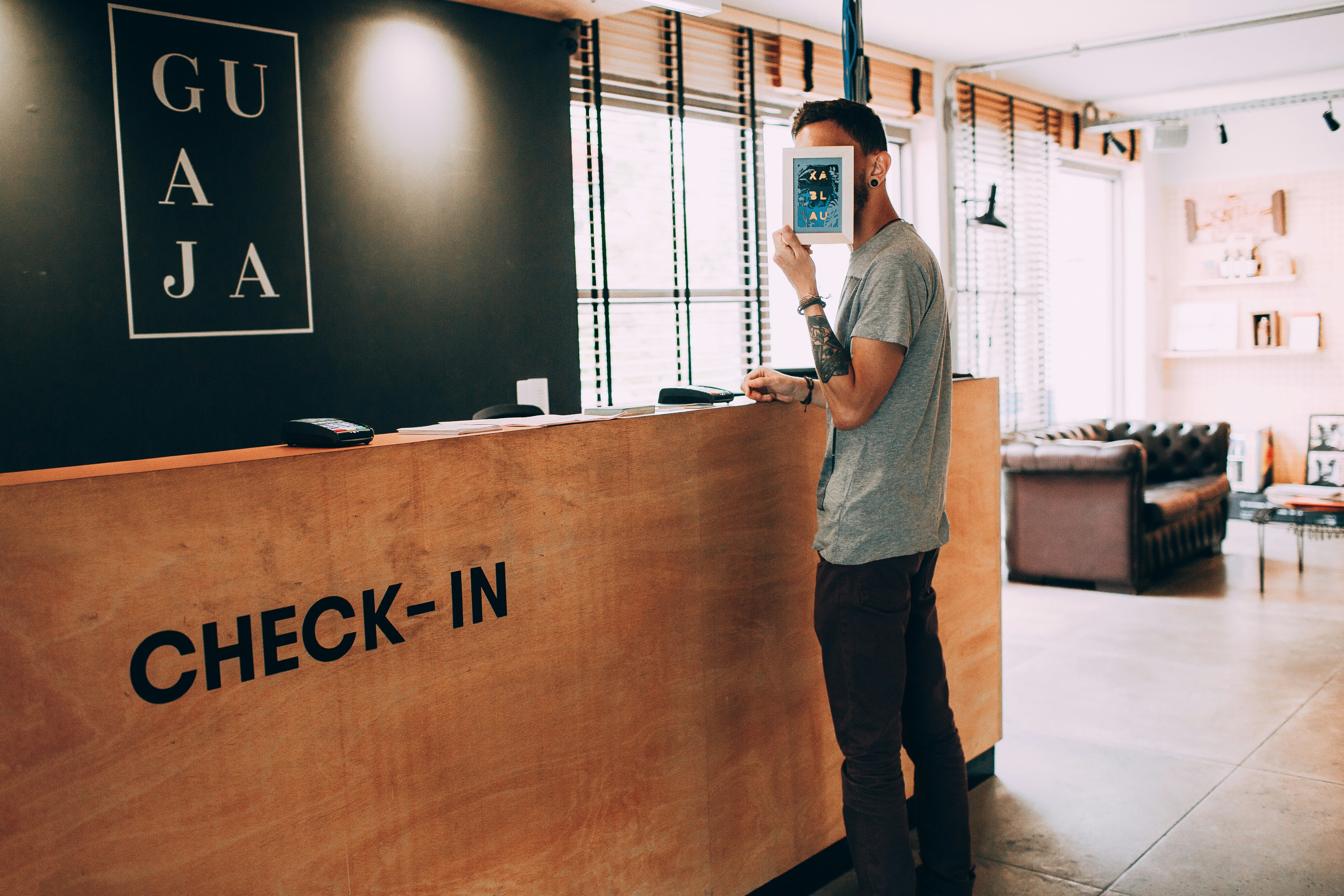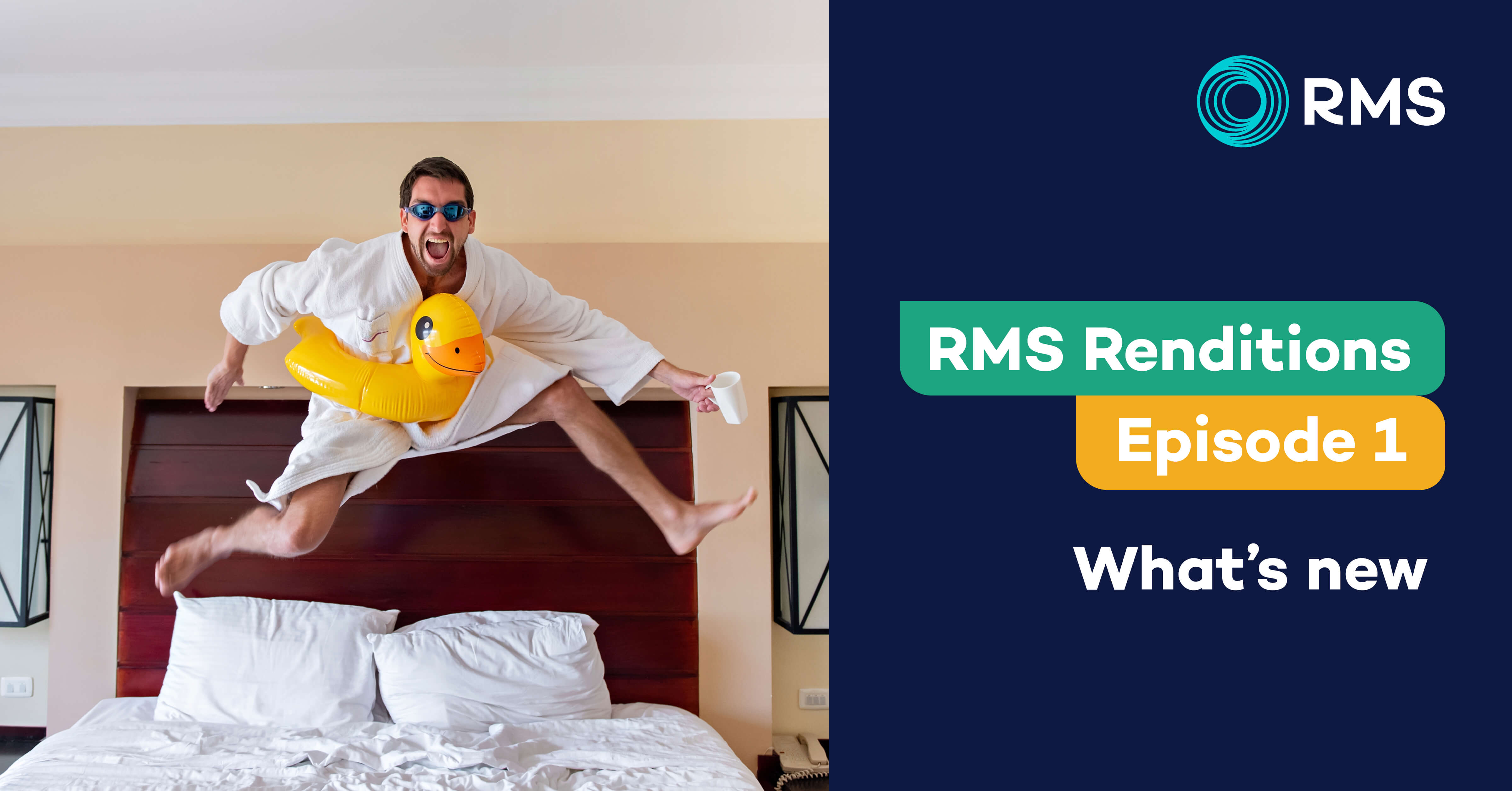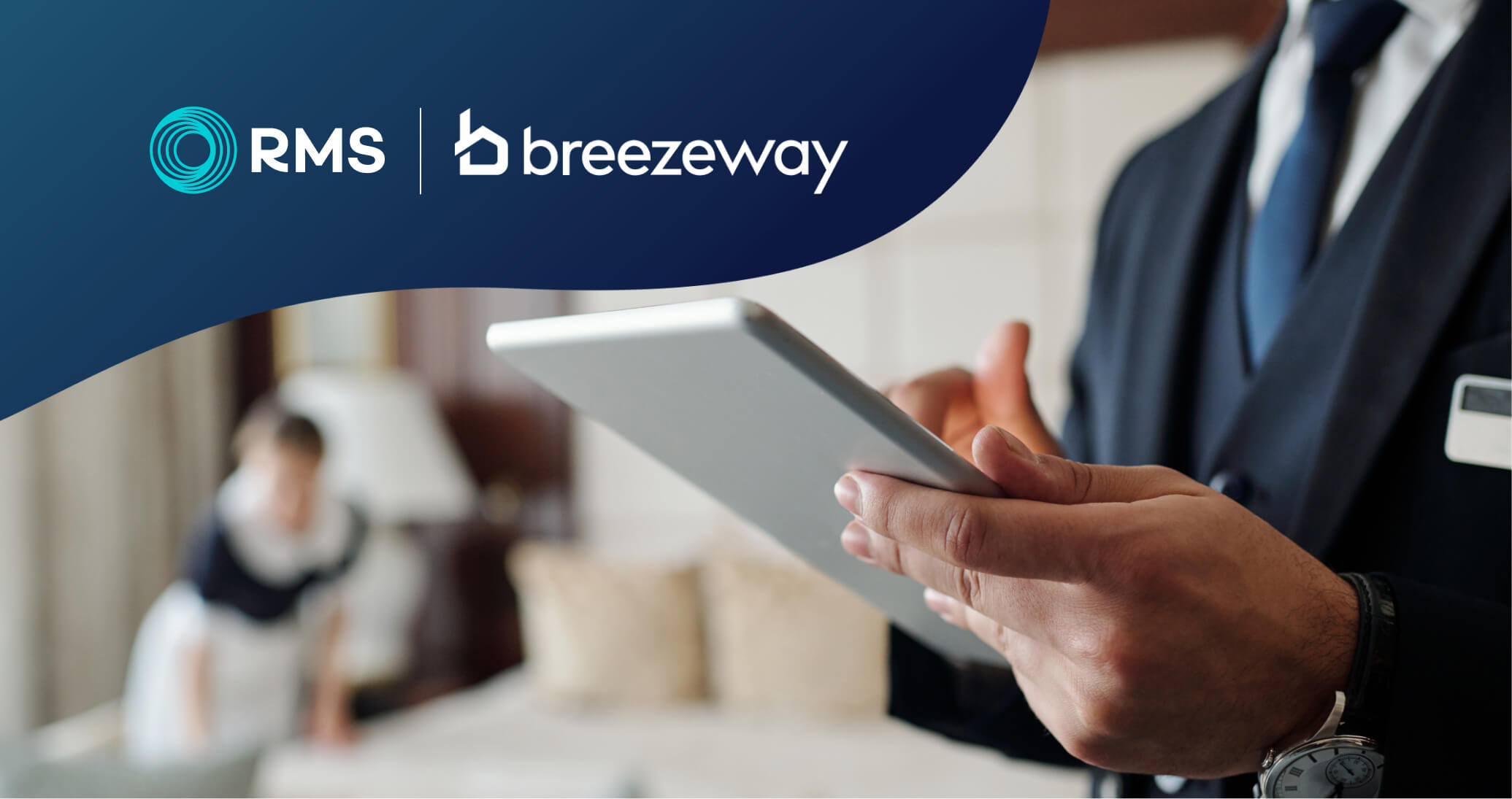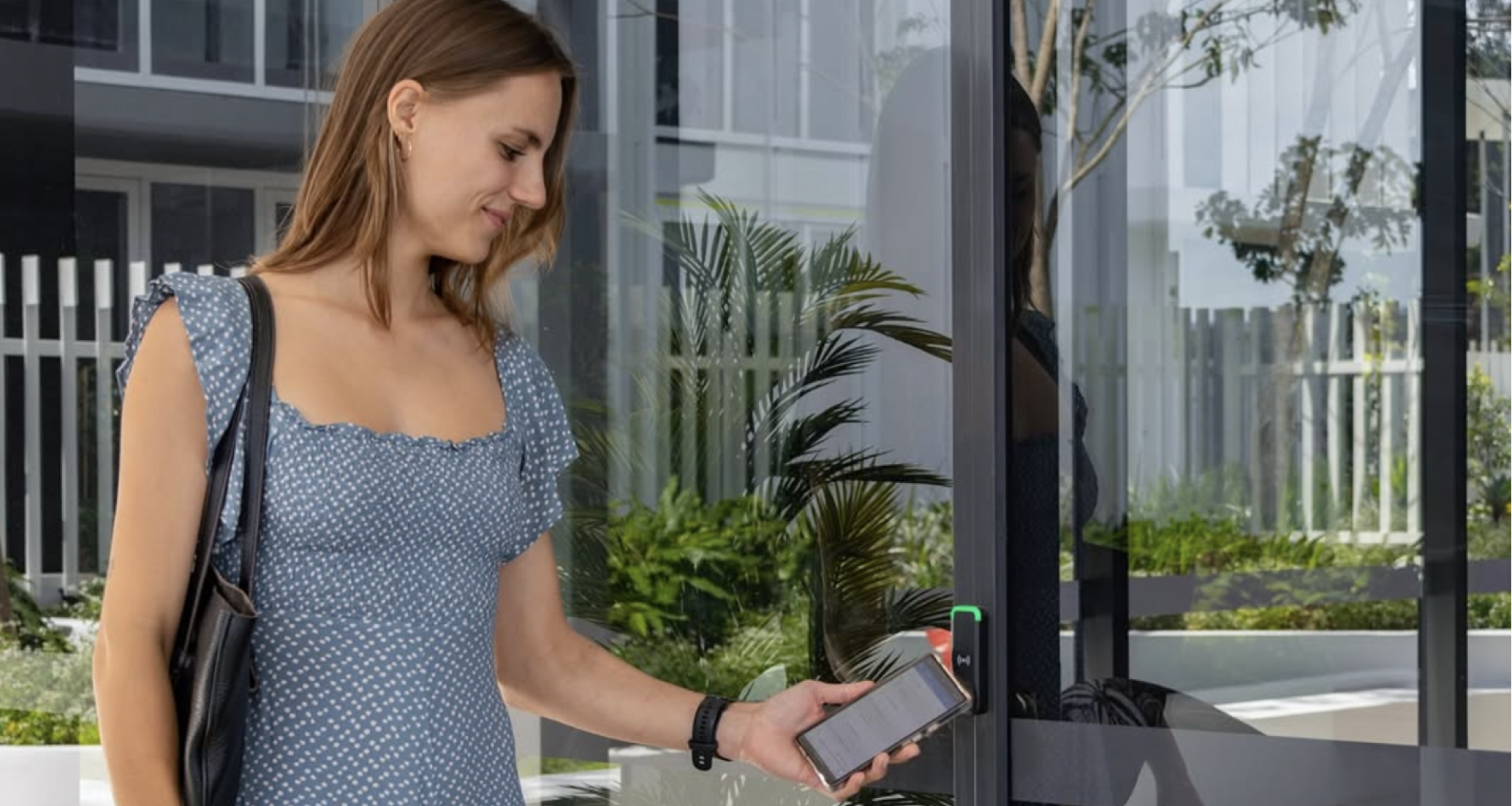Fully Booked, February 2025 | Smart marketing for hospitality operators
Hi, I'm Sandrine Zechbauer, the new CMO of RMS. I spent most of my career working for airlines and tech companies. I wanted to start a conversation with you about what we see happening in the hospitality industry and how hospitality providers, especially small to medium-sized hotels, motels, parks and service apartment operators, can transform the way they run their business to become more profitable and also retain more of those hard-earned dollars.
The Online Travel Agents distribution model is powerful but comes with risk, less control, and few rewards.
In my early days working in marketing departments of national carriers, there was one number that always astounded me: on any given day, on any given route, between 50% and 60% of the aircraft seats would be occupied, even if we did zero marketing and zero direct sales.
How was that even possible? For airlines, it was mostly done through Online Travel Agents (OTA for short) and Travel Management Companies (TMC) distribution models. Key players within that space are well known: Expedia for flights, Booking.com for accommodation, Amex Global Business Travel or Navan on the TMC side.
Such was the power of their distribution networks that they could sell 50 to 60% of any aircraft seats loaded in their system.
On the accommodation side of the travel experience, the story is similar. Still, OTAs have even more weight in the game since TMCs tend to negotiate contracts with large hotel operators for all their business travellers. The consolidation is such that it is reported that booking.com and Expedia together control up to 95% of the online travel market.
For any hotelier or park operator out there, there is no distribution strategy that doesn't involve at least one, if not multiple, OTAs.

However, the OTA distribution model comes at a high cost and with very little control.
There is a lot to love about this fantastic distribution force. Hotels, motels, and park operators suddenly get access to millions of people looking for precisely what they are selling. Hospitality providers benefit from the billions of marketing dollars that Booking.com puts into their advertising campaigns each year, thereby saving their own marketing dollars and postponing that marketing hire. They might also postpone hiring a salesperson who could have developed direct relationships with partners.
This feels like a no-brainer for a business of any size, particularly for a small to medium-sized business facing price hikes for energy, labour and insurance.
But, as everyone knows, there's no such thing as a free lunch. In the case of OTAs, this is a costly lunch indeed: on average, OTAs charge a 30% commission on each booking. That number is reportedly on the rise due to increased consolidation in the space. Their market dominance is such that even EU courts are getting involved, ruling that hotels can now offer better rates elsewhere, including their own websites, putting an end to Booking.com rate parity policies.
With such eye-watering amounts being paid out, OTA commissions are the second largest lodging provider expense after labour costs.
But the issue isn't limited to costs. Travellers like OTAs for many reasons:
- It's all in one place, so it makes it simple to compare properties
- The user experience is decent and feels familiar – apps are available too for even more convenience
- The payment is secure, so your credit card details won't be cloned and sold online
- Increasingly, because OTA offers flexible cancellation policies, sometimes up to the day of arrival without reason or penalty
No-shows and late cancellations are hugely disruptive for any hotelier who is left with empty rooms that can't be sold again.
On top of that, if you have made your inventory available through multiple OTAs, there is always the risk of double booking when the same room is booked twice. Of course, solutions and technologies exist to mitigate that risk, but what was sold as an easy route to market now starts to feel more convoluted.
And finally, for me as a marketer, this is the one that I've struggled with the most: guests who book your room through an OTA are ultimately not your customers. They have transacted with the online platform, and the payment was made to the online platform. Ultimately, they are customers of that online platform.
In airlines, the problem is precisely the same: who hasn't spent hours on the phone to an airline customer service because of a flight cancellation only to be told that you would need to take it up with {insert travel agent name here} customer service team?
The guest is still a guest of your property; you'll have a record of some of their details, and you can build on that when they check in and over time - but it closes a lot of doors on your ability to effectively market to them, especially if you're in a country with reasonably strict email marketing policies, like in Europe or Australia.

Strategies to navigate around OTA dominance
When I recall the earlier example in airlines, the same question was asked: Why did airlines hire all those (overpaid) sales teams and those (underpaid) marketing teams? Mainly for that reason: to build their own route to market and to try and shift some of the indirect bookings to their direct channels. Massive budgets and resources went into building direct distribution strategies: websites were rebuilt, apps were created, sponsorship deals were signed, and loyalty programmes were dusted off.
All in the name of attracting you as a traveller and incentivising you to make that booking on their own channels, not on a third-party channel.
Despite the latest EU ruling, OTAs will remain a dominant force in the market for some time. So, the question is not so much about how to combat them but more about how to build your own distribution strategy. The main answer to that question is marketing. And that’s where I come in.
In the subsequent iterations of this blog, I'll share some proven marketing strategies to help you drive that direct route to market for your property. My team and I will share best practices for web, design, SEO, email, loyalty, social - you name it, we'll write about it.

By Sandrine Zechbauer
Chief Marketing Officer
6 min read







